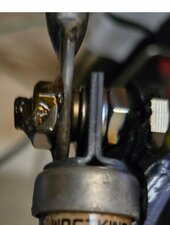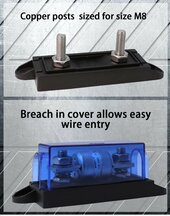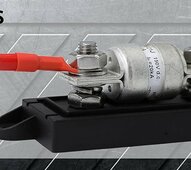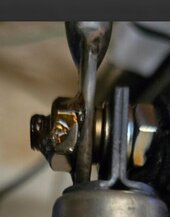Osmethne
Solar Enthusiast
So I'm looking around this forum randomly and I read somewhere of someone using an IR camera to look for hotspots in their system. I though that's a great idea. I already have one of those. Let's see how everything is doing.
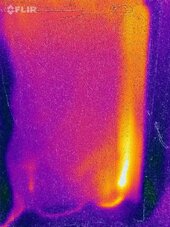
Oh hello. What have we here?
Well this isn't good.
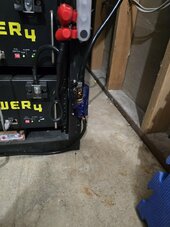
I know what you're thinking. You're thinking I didn't tighten it down enough or I didn't crimp it correctly. But you would be wrong. The lugs are still torqued down and the wires won't come out with a decent amount of force.

Around the beginning of the year I got some cheap class t fuses from Amazon. I figured they were better than nothing while I was researching things. But now I think I would have been better off not including these.
The system was still functioning normally but obviously I can't just leave it like this so I shut it all down and remove all the melted things.
Then something odd happens which it's possible it's a coincidence, the MPPTs on the inverter stopped working. Also the inverter doesn't work unless I shutdown the batteries. On top of this the inverter is an SGP IP6048 so getting a replacement is going to be like pulling teeth. I'm probably better off fixing it myself.
I do have some reputable class t's coming in from donrowe.com.

Oh hello. What have we here?
Well this isn't good.

I know what you're thinking. You're thinking I didn't tighten it down enough or I didn't crimp it correctly. But you would be wrong. The lugs are still torqued down and the wires won't come out with a decent amount of force.

Around the beginning of the year I got some cheap class t fuses from Amazon. I figured they were better than nothing while I was researching things. But now I think I would have been better off not including these.
The system was still functioning normally but obviously I can't just leave it like this so I shut it all down and remove all the melted things.
Then something odd happens which it's possible it's a coincidence, the MPPTs on the inverter stopped working. Also the inverter doesn't work unless I shutdown the batteries. On top of this the inverter is an SGP IP6048 so getting a replacement is going to be like pulling teeth. I'm probably better off fixing it myself.
I do have some reputable class t's coming in from donrowe.com.



